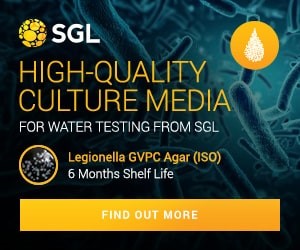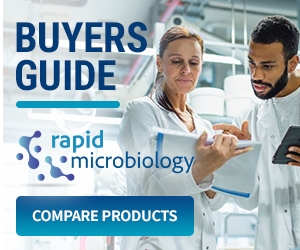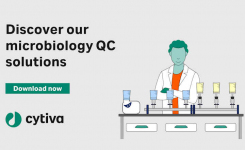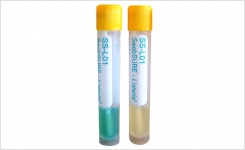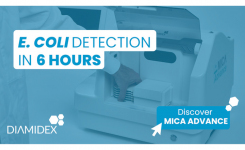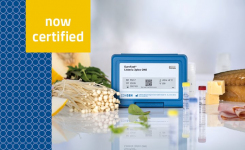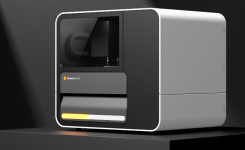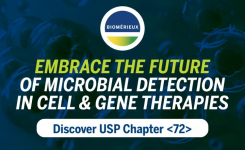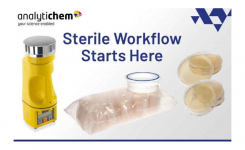| An abstract recently presented at the Infectious Diseases Society of America (IDSA) 2006 Annual Meeting. in Oct 2006 describes the use of a dual-color PNA FISH assay to identifyCandida albicans and Candida glabrata directly from positive blood culture bottle.
Authors of the abstract are: Fann Wu, M.D., Ph.D.(1), Phyllis Della-Latta, Ph.D.(1), Rachel Addison, MT(ASCP), MPH(2), Barbara Alexander, M.D.(2), Gary Procop, M.D.(3), Deborah Wilson, MT(ASCP)(3), William Merz, M.D.(4), Michael Gherna, BS(4), Jennifer K. Johnson, Ph.D.(5), Ava Roberts, MT(ASCP)(5), Janeen R. Shepard, BS(6), and Mark J. Fiandaca, BS(6)
Columbia University Medical Center, New York Presbyterian Hospital, New York, NY
Duke University Medical Center, Durham, NC
Cleveland Clinic, Cleveland, OH
Johns Hopkins Medical Institutions, Baltimore, MD
University of Maryland Medical Center, Baltimore, MD
AdvanDx, Woburn, MA.
In the study, fluorescent-labeled PNA probes, targeting specific 26S rRNA sequences of C. albicans (CA) and C. glabrata (CG), were developed and evaluated by fluorescence in situ hybridization (PNA FISH) for identification from positive blood culture bottles.
Five clinical microbiology laboratories tested 162 yeast-positive BC (representing 14 species); Positive and negative predictive values for identification of CA were: 100% (68/68), 98.9% (93/94), 100% (29/29) and 100% (133/133) for CG.
The authors conclude, "Dual color PNA FISH is a rapid (<3 hr) and accurate method for identification of both CA and CG directly from positive BC bottles. Rapid identification of these species should lead to improvements in antifungal therapy while reducing hospital drug expenses."
Dr. Henrik Stender, Vice President for Research and Development at AdvanDx said, "We are very excited to see such high performance data across multiple institutions for our next generation, dual-color PNA FISH for the identification of Yeast-positive blood cultures. Once available for in vitro diagnostic use, the ability of clinical labs to accurately and rapidly identify both C. albicans and C. glabrata directly from positive blood cultures in a single test, should be important for guiding optimal antifungal therapy for patients with candidemia."
|


